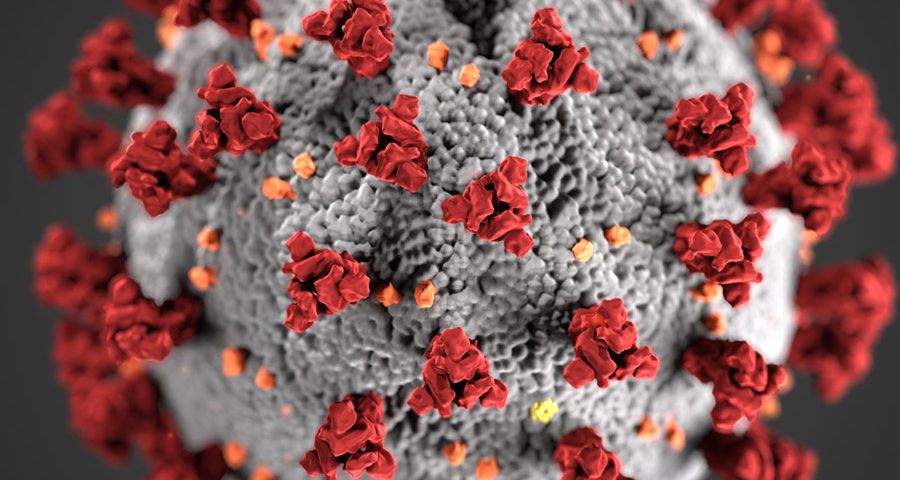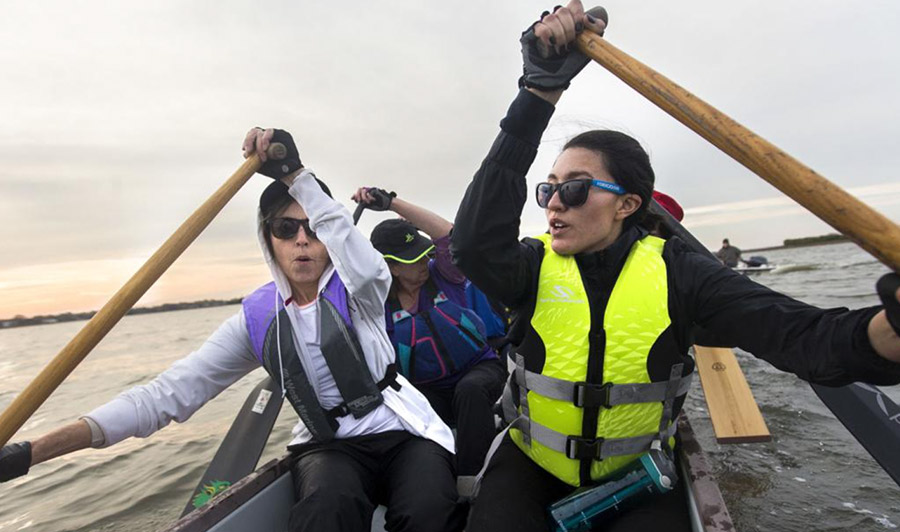Top Five Questions I am asked about Coronavirus 2019 (COVID-19)

Registration Now Open for 12th Annual Charleston Dragon Boat Festival
January 22, 2019
Synopsis of Pandemic in the Lowcountry TEDxCharleston
July 8, 2020- What are the most reliable sources of information about COVID-19?
There are a number of excellent resources available to the public to understand the global, national, and local impact of COVID-19. The three best, in my opinion, include the Centers for Disease Control and Prevention (CDC) at https://www.cdc.gov/coronavirus/2019-nCoV/index.html, the South Carolina Department of Health and Environmental Control (SC DHEC) at https://www.scdhec.gov/infectious-diseases/viruses/coronavirus-disease-2019-covid-19, and the Johns Hopkins University Coronavirus Resource Center at https://coronavirus.jhu.edu/. Many of these sites are best viewed in browsers like chrome or foxfire because they have interactive maps that tend to get “hung up” in certain versions of explorer. - How did this pandemic start?
Coronaviruses are a large family of viruses that are common in many different species of animals. Rarely, these animal coronaviruses can infect people, mostly because they were in close contact with the animal and there was a mutation in the virus that allowed it to be transmitted between species. Once people are infected, spread can occur from person to person. A recent example of this was the SARS outbreak in 2002-2003. Epidemiologists are still working on the details of the origins of the current pandemic virus; however, it is thought to have started when a bat coronavirus infected an animal which was present at a large seafood and live animal market in Wuhan, China. This virus likely jumped species and infected humans who were also present at the market. Later, many people were becoming ill who were not at the market, which supported that person to person transmission was happening outside this space. Finally, when people outside Wuhan City and eventually in other countries were becoming ill without any known exposure to someone they knew with COVID-19, this was consistent with sustained person to person spread and later sustained community spread. When this continues to happen, the virus eventually spreads to all parts of the world. - What do I think is going to happen?
This is a difficult question to answer; however, we have several experiences to lean on including what happened in China, surrounding countries, parts of Europe, and in areas of the United States (Washington state, New York, and California). The official CDC statement regarding this is, “More cases of COVID-19 are likely to be identified in the United States in the coming days, including more instances of community spread. CDC expects that widespread transmission of COVID-19 in the United States will occur. In the coming months, most of the U.S. population will be exposed to this virus. Widespread transmission of COVID-19 could translate into large numbers of people needing medical care at the same time. Schools, childcare centers, and workplaces, may experience more absenteeism. Mass gatherings may be sparsely attended or postponed. Public health and healthcare systems may become overloaded, with elevated rates of hospitalizations and deaths. Other critical infrastructure, such as law enforcement, emergency medical services, and sectors of the transportation industry may also be affected. Healthcare providers and hospitals may be overwhelmed. At this time, there is no vaccine to protect against COVID-19 and no medications approved to treat it. Nonpharmaceutical interventions will be the most important response strategy to try to delay the spread of virus and reduce the impact of disease.” - What can I do to prevent myself from getting sick?
The United States is under a national state of emergency and our state has issued guidance to help prevent spread. Please take this very seriously. General information regarding steps every person can take to help prevent exposure to the virus can be found on the CDC website here, https://www.cdc.gov/coronavirus/2019-ncov/prepare/prevention.html. Information for people who are at high risk for complications if they get the virus can be found here, https://www.cdc.gov/coronavirus/2019-ncov/specific-groups/high-risk-complications.html. I think it’s easy to imagine being compliant with hand washing, less face touching, and good respiratory etiquette; however, it’s much harder to imagine being compliant with social distancing. It goes against our human nature but make no mistake about it, right now, in my opinion, social distancing is the most important thing to be compliant with and the one thing we are absolutely failing with. What does effective social distancing mean? It means staying home unless it’s for grocery shopping, to obtain food or necessary survival needs, or for a medical reason. It means not congregating in groups of people that are not in your immediate family circle, and when out not touching people (hugs, handshakes, etc.). This means no play dates for children and no groups of people (adults or children) congregating for exercise, play, or recreation. Yes, it is ok (for now) to walk your dog or exercise alone or with your spouse/family member outside; however, you should keep a six-foot distance from anyone you approach. I get it, this is hard but this is necessary. There are ways to practice social distancing when grocery shopping by online ordering with pick up or delivery to reduce in-store shopping, and many restaurants are offering curb-side pick up or delivery. Also, please check in on your at-risk neighbors (by phone or across the yard) to make sure they are ok and have what they need. - What do I do if I get sick?
General information regarding what symptoms are compatible with COVID-19 and what to do if you get sick are available here, https://www.cdc.gov/coronavirus/2019-ncov/if-you-are-sick/steps-when-sick.html. This guidance is very much on point. If you have illness consistent with COVID-19 or if you have been tested and are positive for COVID-19, guidance for when you can be released from self-isolation or quarantine must be made in conjunction with your healthcare provider, and sometimes with the Department of Health and Environmental Control. This guidance will likely change over time as we learn more about this illness; however, in general, today, the guidance is:- Persons who have COVID-19 symptoms but were not tested for confirmation and were directed to care for themselves at home may discontinue home isolation when there is resolution of fever without the use of fever-reducing medications and resolution of all respiratory symptoms for at least 3 days and only if 7 days have passed since your symptoms first appeared.
- Persons who have COVID-19 symptoms and have had a positive test and were directed to care for themselves at home may discontinue home isolation when there is resolution of fever without the use of fever-reducing medications and resolution of all respiratory symptoms for at least 7 days from their positive test. DHEC may require negative testing in some individuals.
In closing, please understand that this situation is changing every day and guidance is updated frequently on the links I provided in this message. We are all inundated with information overload and it can be difficult to focus on the important facts when there is a lot of “noise”. I caution you to rely on good public health official communications and not necessarily what you read on social media, in anecdotal reports, and on rushed to released news outlets. I hope this is helpful in some way. I would take every individual question from each of you if I could and I care about all of you. I want you to be safe and I want you to act in a responsible manner so that those of us in the healthcare field will be given the best opportunity to provide care for all of those who need us.
– C. Salgado





